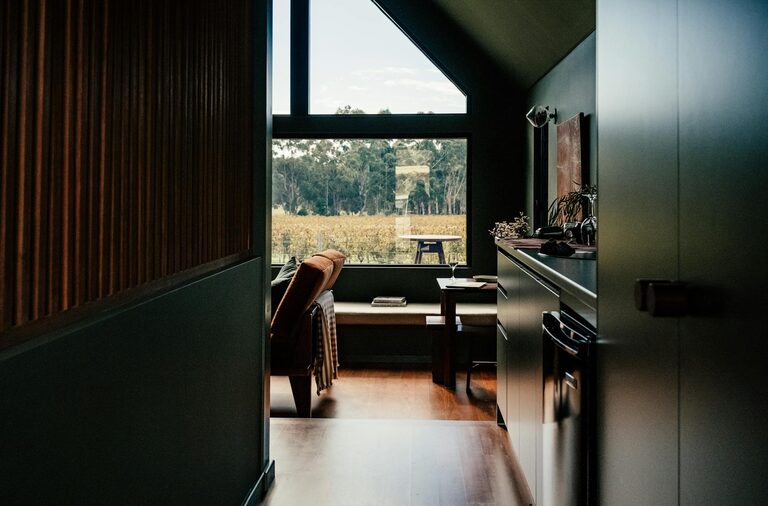A dark room can feel gloomy and uninviting, but brightening it up doesn’t have to involve major renovations or expensive purchases. With a few clever adjustments and some thoughtful design choices, you can transform a shadowy space into a warm, lively area that feels larger and more welcoming. Whether you’re looking to refresh your living room, bedroom, or office, these quick ideas offer practical solutions that suit any style or budget.
Why Brightening a Dark Room Matters
Natural light impacts mood, productivity, and even the perception of space. Dark rooms can make you feel cramped or tired, while well-lit spaces promote a sense of openness and energy. Improving the brightness of your room can enhance your daily living experience dramatically.
1. Maximize Natural Light
Use Sheer Curtains or No Curtains
Heavy drapes block sunlight. Swap them for sheer curtains or consider removing window treatments altogether if privacy isn’t a concern, allowing sunlight to flood in freely.
Clean Your Windows
It sounds simple, but dirty windows reduce the amount of light entering your home. Regularly cleaning both sides can noticeably brighten the interior.
Rearrange Furniture
Make sure large pieces don’t block windows. Position sofas, desks, or shelves away from natural light sources to keep pathways for sunlight open.
2. Choose Light Colors for Walls and Ceilings
Opt for White or Light Neutrals
Walls painted in white, cream, pale grey, or soft pastels reflect more light than darker shades, making rooms feel brighter and airier.
Paint the Ceiling Bright White
A brighter ceiling helps bounce light around the room. Avoid dark ceilings which absorb light and can make the space feel lower.
Add Glossy or Satin Finishes
Paint finishes with a slight sheen reflect light better than flat, matte paints. Just be sure to choose finishes that work well on your wall surfaces.
3. Enhance Artificial Lighting
Layer Your Lighting
Use a mix of ambient (general), task, and accent lighting. Overhead lights provide overall brightness, table lamps or floor lamps add localized illumination, and wall sconces or spotlights highlight features.
Choose LED Bulbs with High Lumens
LED bulbs are energy-efficient and come in various brightness levels. Picking bulbs with higher lumens ensures a brighter light output.
Use Light-Colored Lampshades
Dark lampshades absorb light. Selecting light or translucent shades helps disperse light more evenly around the room.
4. Add Reflective Surfaces
Incorporate Mirrors
Mirrors amplify existing light by reflecting it across the room. Position a large mirror opposite or near a window to maximize natural light.
Use Metallic or Glass Decor
Decor items with shiny finishes, such as chrome picture frames, glass vases, or brass accents, can catch and reflect light, contributing to a brighter atmosphere.
Choose Light-Colored or Glossy Furniture
Furniture in white or light wood tones, especially with a glossy surface, helps keep the room feeling bright and open.
5. Bring in Light-Colored Flooring and Rugs
Opt for Light Flooring Options
If you can update flooring, choose light wood, laminate, or tiles to brighten the space. Dark floors tend to absorb light and ground down the brightness of a room.
Use Area Rugs with Bright or Neutral Colors
If replacing flooring isn’t feasible, layering a pale or colorful rug can brighten the floor area and add personality without darkening the room.
6. Declutter and Organize
A room cluttered with too many objects can feel chaotic and darker because surfaces are obscured. Keeping the space tidy, organized, and minimal lets light bounce around unimpeded.
7. Use Plants to Add Life and Lightness
Greenery, especially plants with light green or variegated leaves, can enliven a space and break up heavy, dark areas. Place them near windows or in well-lit corners to create a fresh, airy feel.
8. Accent with Bright Artwork and Accessories
Introduce pops of color through artwork, cushions, throws, or decorative objects. Bright colors energize a space and distract from any darkness. Choose pieces in yellows, oranges, or light blues for cheerful accents.
Final Thoughts
Brightening a dark room doesn’t require a complete overhaul. By combining strategies—maximizing natural light, painting with lighter shades, layering various light sources, and adding reflective surfaces—you can create a welcoming and luminous environment. Experiment with your own space to discover what combinations work best for your style and needs.
Remember, small changes applied consistently can have a big impact on how your space feels. Start with one or two ideas and watch your dark room transform into a brighter, happier place.

